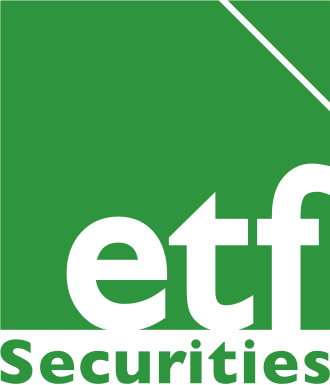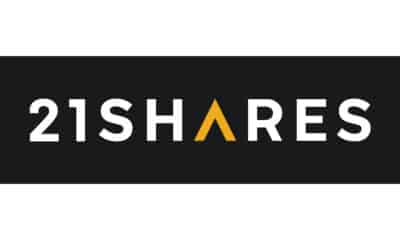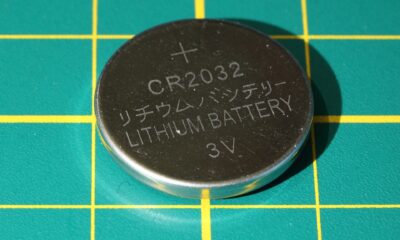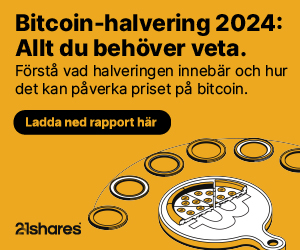Lithium is currently the material of choice to produce batteries in a whole range of devices where mobile energy is required, the most prolific of which being energy storage, mobile phones and battery-powered electric vehicles. But what is the risk of lithium being usurped by an alternative material? Battery Technology – don’t bet on lithium alone..
The realities of lithium as an investment
There is huge investor interest in lithium and more broadly in battery/mobile energy technology at the moment, the question is raised in almost all meetings I have with clients who are looking for ways to invest in the industry. Investors are looking to future-proof their portfolios. Lithium is a growing technology with great potential future prospects while theoretically providing a form of hedge against the expected secular decline in the oil industry, which is facing the risk of cannibalisation from the rise of electric vehicles.
The caveat to this success of lithium
The caveat to this success of lithium is that it won’t be a direct path to success for varied reasons:
- Electrical grid infrastructure – Currently the electricity grid does not have the required capacity to accommodate this change. According to the Green Alliance most residential streets do not have capacity for more than 6 cars to be charged at any time and as such would require significant infrastructure upgrades.
- Affordability – The average cost of a car is US$24,000, with the cheapest electric car being $33,000, therefore despite the falling costs it still has a long way to go before it can properly compete with internal combustion cars.
- The internal combustion engine –Electric vehicles are not only being challenged on price, significant improvements are being made with the internal combustion engine. The “thermal efficiency” of most petrol engines currently peaks at 25%, with a theoretical maximum of 50%, giving significant scope for efficiency gains. The latest battery packs are priced at US$350/kWh, while internal combustions engines are priced at around US$100/kWh. Costs have been falling rapidly for batteries but there is still a fair way for them to go for them to compete.
- Despite all the news of battery supply problems at Tesla, lithium prices are 10% above the 90th percentile of the cost curve suggesting in the short term there is potential for a price correction.
- Rare earth metals are commonly used in lithium battery production, and supply squeezes are common due to supply being highly concentrated in politically volatile countries. Additionally, child labour has been used in the past and raises questions about their suitability in today’s more ethical portfolios.
- There is no futures market and no exchange for lithium; most deals are done between producers and manufacturers directly.
- Lithium equities also do not have a particularly good correlation to the lithium carbonate price, and in fact have a much closer correlation to the oil price.
- There are other competing battery technologies that could quickly unseat lithium as the material of choice. We have summarised the key battery technologies currently being researched or developed that pose a potential threat to lithium.
Hydrogen fuel cells
Hydrogen fuel cells have been in use for some time in varied forms, led by Japan where their use in vehicles has been met with mixed success. It is a very common element and on a per joule of energy basis, a hydrogen car will go further than a lithium car.
The biggest challenge so far has been capturing and storing hydrogen. In the US there are currently only 35 commercial hydrogen refuelling stations.
Due to these infrastructure constraints they are typically confined to public vehicle use, rolling out infrastructure for personal vehicles would be time consuming and expensive. Hydrogen powered vehicles are in development by some of the leading car manufacturers but there are unlikely to be popular until the infrastructure is in place.
Magnesium solid-state
Magnesium batteries have been commercialised as primary batteries, and are an active topic of research for secondary (rechargeable) batteries. Magnesium batteries offer inflammable batteries with a higher energy density than lithium ideal for cars where safety and mileage are paramount. Magnesium is also a widely traded, abundant material but so far it hasn’t found success as a rechargeable battery. The biggest challenge for magnesium has been making a solid-state rechargeable battery, but the Berkeley Lab Joint Centre for Energy Storage Research has recently discovered the fastest magnesium-ion solid-state conductor – a major step towards making rechargeable batteries a reality. However, it has a long way to go before a battery is likely to be produced.
Lithium Sulphur
Lithium Sulphur batteries could have 40% higher energy density than the lithium-manganese and the lithium-cobalt batteries we use today. Their wider use would also help the problem of producers having to source rare earth metals such as cobalt and manganese from politically unstable countries and likely reduce costs for consumers. The key issue for lithium-sulphide batteries is the extra mass required for a conducting agent and the risk of an irregular discharge leading to safety concerns.
Battery technology opportunities come in various forms
While lithium the metal is difficult to invest in and lithium equities do not accurately track the lithium price, there may be some indirect opportunities. Currently normal internal combustion engine cars use 20kg of copper, hybrids use 40kg and electric vehicles use 80kg, primarily in the wiring harnesses that transmit power to the drivetrains, the drivetrain themselves and the battery.
We believe that lithium technology, despite its potential for success is risky due to the potential for it being usurped by one of the aforementioned battery technologies. We remain convinced that mobile energy storage is likely to be a booming industry in the coming decades but the best approach may be to consider a wide range of technologies that can deliver mobile energy storage.
If the electric vehicle market rises to 140m cars by 2035, then this equates to around one third of total copper demand According to BHP Billiton (www.bhp.com 31st October 2017). The upgrading of the electricity grid infrastructure will require much more infrastructure spend, likely to further increase copper demand.
James Butterfill, Head of Research & Investment Strategy at ETF Securities
James Butterfill joined ETF Securities as Head of Research & Investment Strategy in 2015. James is responsible for leading the strategic direction of the global research team, ensuring that clients receive up-to-date, expert insight into global macroeconomic and asset class specific developments.
James has a wealth of experience in strategy, economics and asset allocation gained at HSBC and most recently in his role as Multi- Asset Fund Manager and Global Equity Strategist at Coutts. James holds a Bachelor of Engineering from the University of Exeter and an MSc in Geophysics from Keele University.

 Nyheter2 veckor sedan
Nyheter2 veckor sedan
 Nyheter2 veckor sedan
Nyheter2 veckor sedan
 Nyheter4 dagar sedan
Nyheter4 dagar sedan
 Nyheter3 veckor sedan
Nyheter3 veckor sedan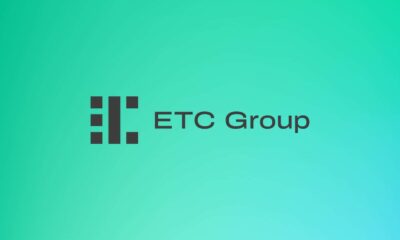
 Nyheter4 veckor sedan
Nyheter4 veckor sedan
 Nyheter3 dagar sedan
Nyheter3 dagar sedan
 Nyheter4 veckor sedan
Nyheter4 veckor sedan
 Nyheter3 veckor sedan
Nyheter3 veckor sedan
